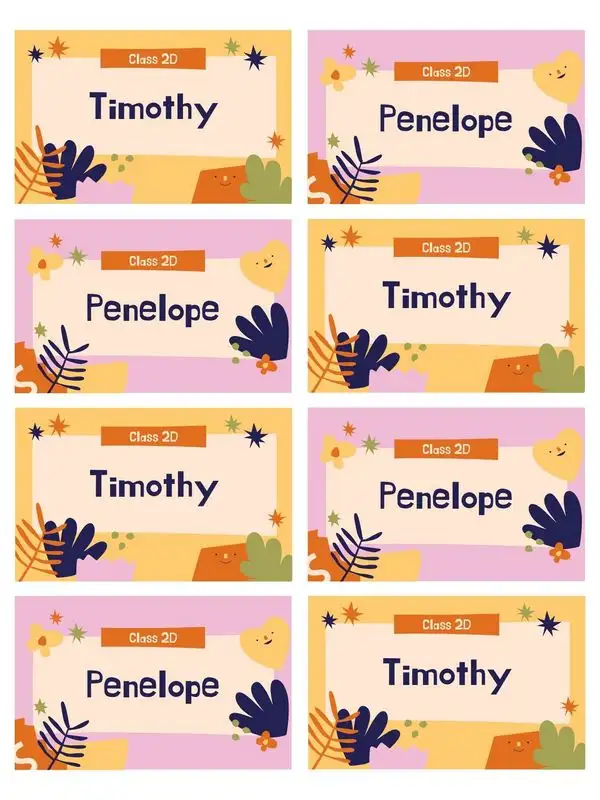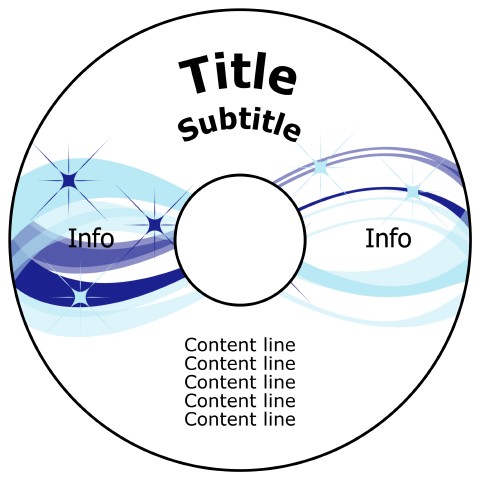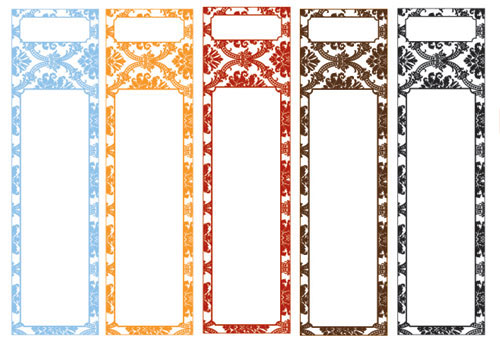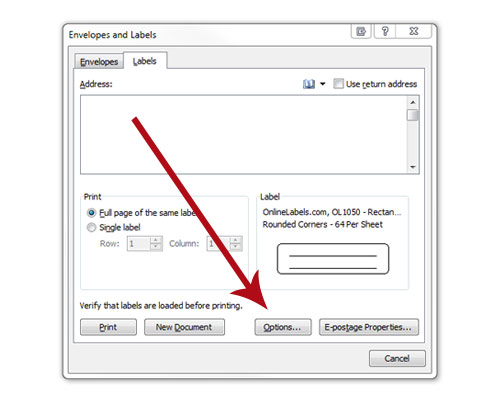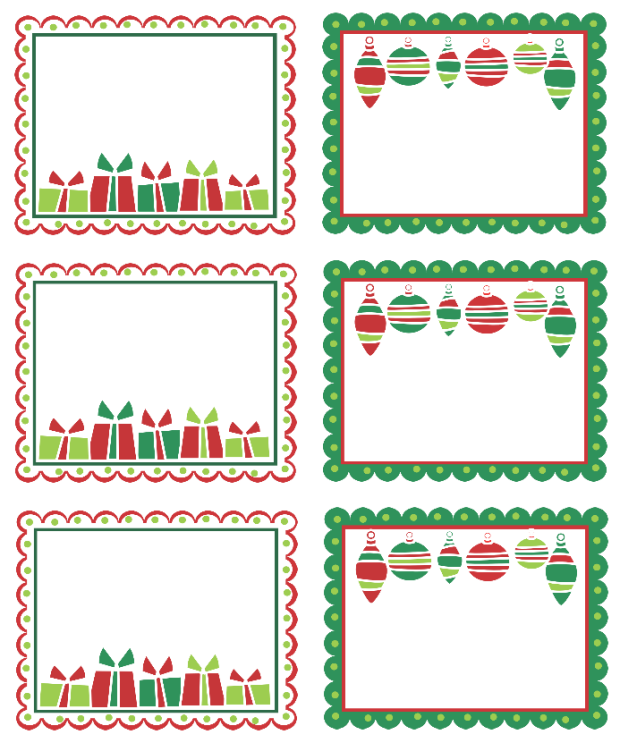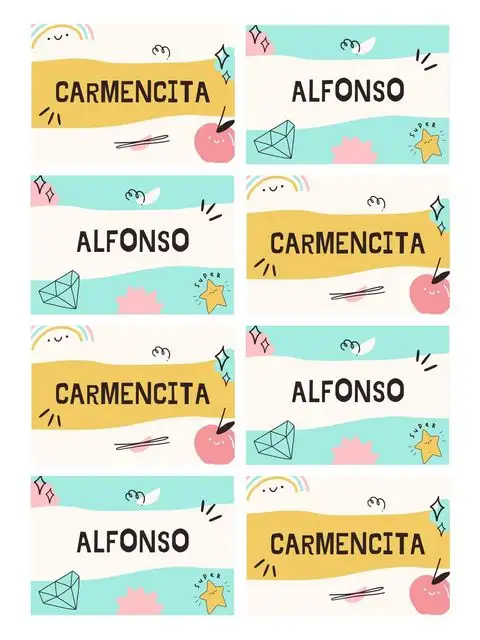
Name labels for school is a children’s book written by Andrea Beaty. Andrea Beaty has also written The Sticky Sweet series and the New York Times Bestselling picture book, Whoop!
The story is about a little girl named Ellie who loves her name. Her teacher tells the class that the children will be given a new name for their classroom. The children are excited and want to know their new names.
The story teaches children how important it is to have a unique name, and it also teaches them that they should not change themselves just because someone else wants them to.
What are the benefits of name labels for schools?
A school is where children learn and grow in their knowledge and understanding of the world. It is a place where they are exposed to different types of people and ideas that can help them become more open-minded.
The benefits of name labels are that they can promote positive social interactions among students, reduce bullying, increase self-esteem, promote inclusion, and create an environment of peace.
Name labels also have other benefits, such as increasing student engagement which improves academic performance by exploring their interests outside the classroom.
What is the difference between name labels for school and identity?
A name label is a label given to an individual because of the way they look. For example, someone who has curly hair would be given the label “curly hair.” On the other hand, identity is something that individuals feel about themselves and how they want to be seen, and it is not necessarily based on their physical appearance.
What do you think of this?
How do I use name labels in my classroom?
A name label can be a great tool for teachers to use in the classroom. They are easy to make and great to help students feel more included and safe.
A name label can be used as a prompt for conversation starters, as an icebreaker, or it can be used to help students feel more comfortable.
How long do name tags usually last?
Name tags, also known as nametags, are a type of badge that is typically worn on the chest. They are often used at company events and conventions to identify individuals by name.
The average lifespan of a name tag is about 2-3 years. The lifespan depends on how well they were cared for and stored. Name tags can be recycled as scrap paper or used in crafts.
Name tags are usually made from cloth or paper and commonly have a fabric backing with a nylon or polyester coating, protecting them from wear and tear.
Do students have to wear their name tag every day, or only when they are in school?
The name tag is a security measure that helps identify students who go to school and make sure they are who they say they are. The name tag is a way for the school to keep track of their students and ensure they are not skipping classes.
Students should wear their name tags every day in school or when they go to any other place where the school has permitted them to wear them.
What does the process of ordering name tags look like for students?
The process of ordering name tags for students is slightly different from what you may be used to. It can be confusing and tedious, but it’s worth the effort.
First off, you’ll need to decide on the type of name tag you want. There are three types:
- Permanent: These are the ones that will stay on your backpack or lanyard all year long.
- Temporary: These are the ones that will come off after a certain amount of time, like after school hours or at a specific event.
- Customizable: This is where you get to pick out your own design and colors for your name tag!
Sample Name labels for school

name labels for school 01
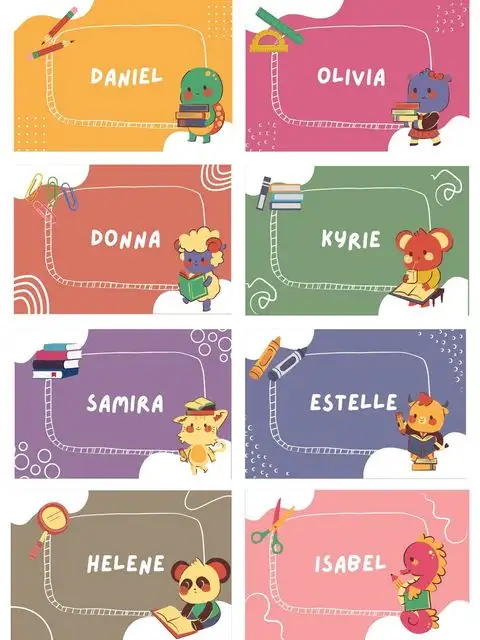
name labels for school 02

name labels for school 03

name labels for school 04
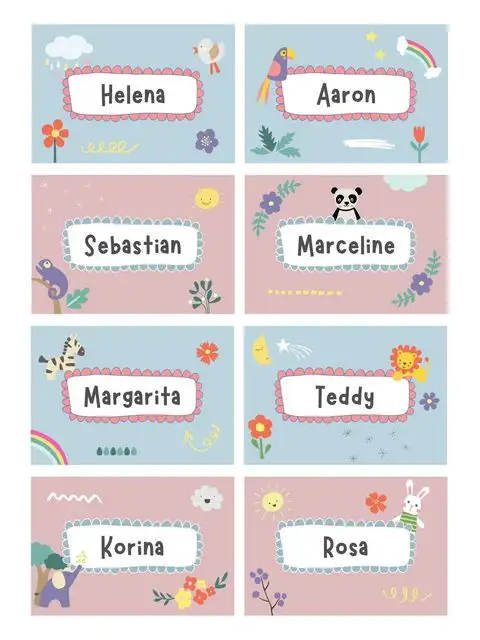
name labels for school 05

name labels for school 06


